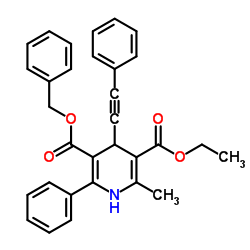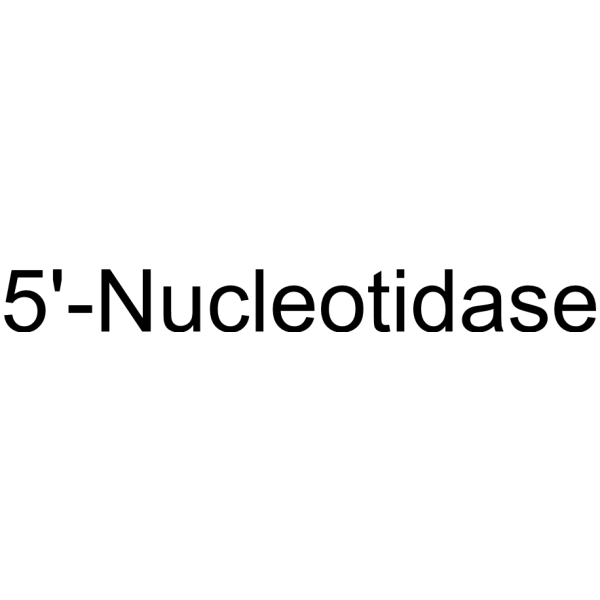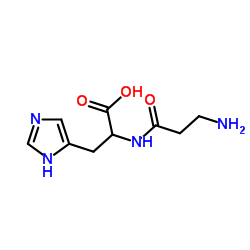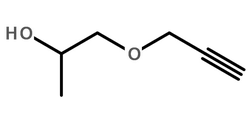| 结构式 | 名称/CAS号 | 全部文献 |
|---|---|---|
 |
L-氨基酸氧化酶 来源于东部菱背响尾蛇毒液
CAS:9000-89-9 |
|
 |
脂肪酶
CAS:9001-62-1 |
|
 |
β-半乳糖苷酶
CAS:9031-11-2 |
|
 |
鞘磷酯酶 来源于蜡样芽胞杆菌
CAS:9031-54-3 |
|
 |
5'-核苷酸酶
CAS:9027-73-0 |
|
 |
磷脂酶D 来源于色褐链霉菌
CAS:9001-87-0 |
|
 |
脂肪酶来自绿脓杆菌
CAS:9004-02-8 |
|
 |
D-GLUCOSE-6-PHOSPHATE PHOSPHOHYDROLASE
CAS:9001-39-2 |
|
 |
磷酸酶(酸性)来源于小麦胚芽
CAS:9001-77-8 |